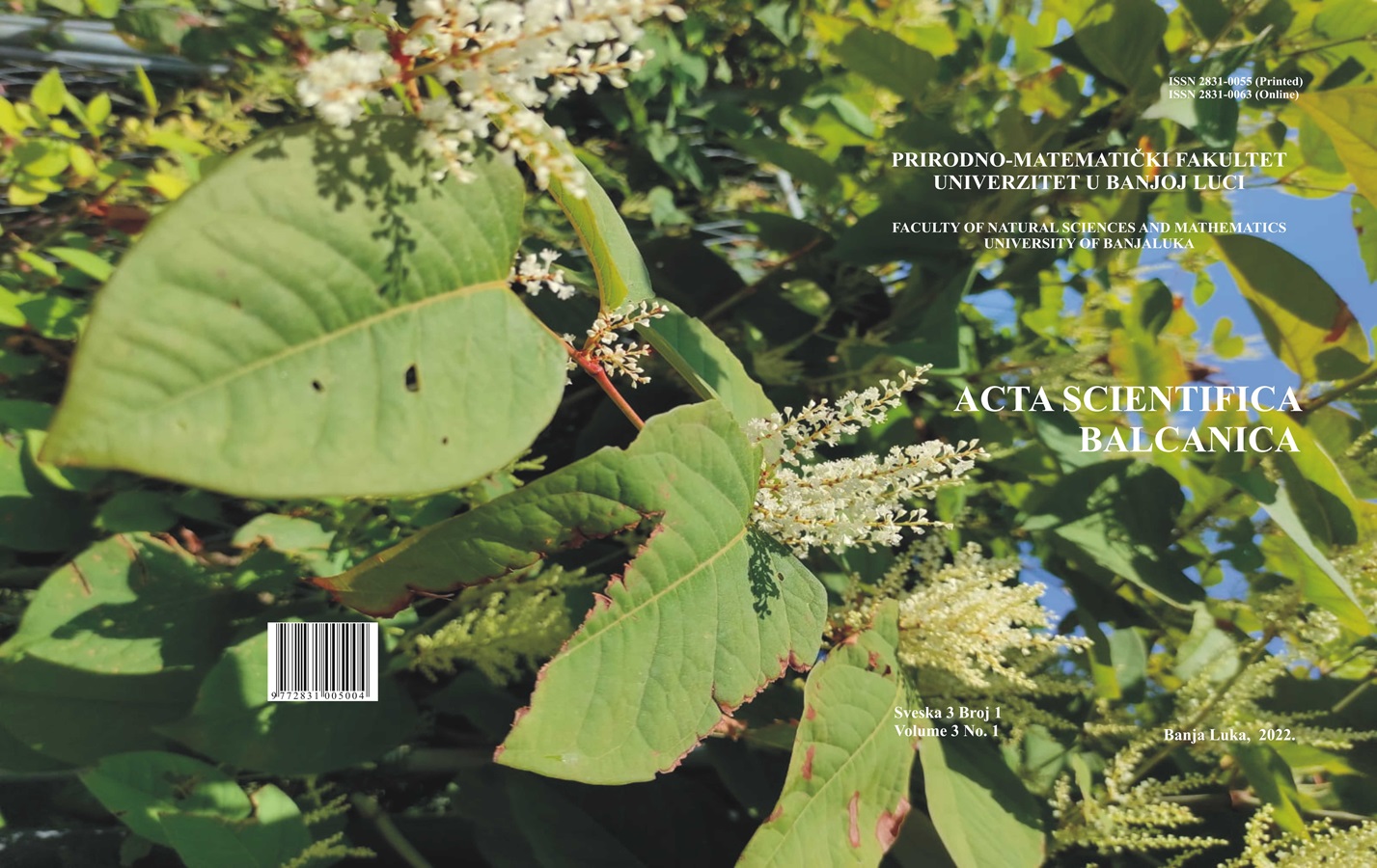CHROMOSOMAL ABERRATIONS IN COUPLES WITH STERILITY AND HABITUAL ABORTIONS AT THE UNIVERSITY CLINICAL CENTER OF THE REPUBLIC OF SRPSKA
DOI:
https://doi.org/10.7251/ASB220301023IAbstract
The cytogenetic laboratory of the University Clinical Center of the Republic of Srpska (UCCRS) in Banja Luka is the primary institution where the karyotypes of patients’ peripheral blood are analyzed. In the period from 2009 to 2019, a total of 3842 karyotype analyzes of patients were performed in it, of which 1956 had a referral diagnosis of sterility and habitual abortion, and therefore the inability to achieve pregnancy. The importance of cytogenetic analysis of patient’s karyotypes is great because the presence of chromosomal aberrations in them can be the cause of sterility and spontaneous abortions in patients. Therefore, the aim of the work was to determine the presence of chromosomal aberrations in the karyotypes of patients at the University Hospital of RS who had a referral diagnosis of sterility or habitual abortion. The total number of processed karyotype samples of patients in the Cytogenetic Laboratory at the UCCRS in the period from 2009 to 2019 grew by year. The study found a significant difference in the frequency distribution of patients with a diagnosis of sterility, which was twice as many as compared to patients with a diagnosis of habitual abortion. The percentage of patients who are treated for sterility and habitual abortion with the presence of chromosomal aberrations in their karyotypes compared to those without aberrations is on average low. An equal distribution of male and female patients with aberrant karyotypes who were treated for sterility and habitual abortions was determined. The most prevalent chromosomal aberrations in the karyotypes of both male and female patients treated for sterility and habitual abortion were inversions, followed by mosaic aberrations, then translocations; then followed by trisomies, Robertsonian translocations and finally additions.
